Have you heard the term “hair porosity” in hair care? It’s a primary factor that allows you to create the right routine for your natural hair. Above all, natural hair requires moisture to flourish, and porosity is integral to ensuring moisture makes it to the central part of the hair shaft.
So, let’s look at hair porosity. This is the property that affects your hair’s ability to absorb and retain moisture. We’ll discuss how you can figure out the type of hair porosity you have and the best way to treat your hair with this in mind.
What is Hair Porosity?
Hair porosity is the hair’s ability to absorb and retain moisture. Porosity impacts how well oils and moisture pass in and out of the outermost layer of your hair, which is known as the cuticle.
To understand hair porosity, you must understand the structure of the hair. Hair consists of three layers. These layers include:
- The cuticle: The cuticle is the tough, protective outer layer of your hair. Think of the cuticle as you would shingles on the roof. Smaller cuticles overlap to help protect the layers underneath.
- The cortex: The cortex is the thickest layer of your hair, and it contains fibrous proteins and pigments. This layer is what gives your hair color.
- The medulla: The medulla is the soft, innermost part of the hair shaft.
How Does the Hair Porosity Impact Hair Health?
For hair to remain healthy, water, oils, and other moisturizing products must pass through the cuticle (the tough and protective layer) to get to the cortex. However, that’s not always easy in low or high porosity hair. In cases of low porosity, the cuticles may be too close together, which makes it difficult for hair to get the moisture it needs. In cases of high porosity, hair may not be able to retain moisture because the cuticles are too widely spaced.
Types of Hair Porosity
There are three different types of hair porosity.
1. Low Porosity
With low porosity hair, the cuticles are close together. As a result, it is difficult for moisture to penetrate the hair shaft. Here are a few signs that you may have low porosity hair.
- Your hair doesn’t absorb hair products well when applied
- Your hair takes a long time to saturate when washed
- Your hair doesn’t take long to air dry
Low porosity hair is healthy, but it isn’t being moisturized correctly. We recommend using an oil that penetrates your hair before you shampoo.
2. Medium Porosity
With medium porosity hair, the cuticles are less tightly bound. This means moisture can both penetrate your hair more easily and retain moisture for a longer period. Here are a few signs you have low porosity hair.
- Your hair is easy to style and holds the style for a decent length of time
- Your hair takes color well
- Your hair looks shiny, glossy, and healthy
- Your hair doesn’t take long to air dry
Medium — also called “normal” — porosity hair is the easiest to maintain in curly girls. The cuticles tend to be looser, and the moisture penetrates the hair with ease. To maintain your hair’s health, use a deep conditioning hair mask. This can both remove impurities and replenish moisture, which is exactly what your hair needs.
3. High Porosity
With high porosity hair, the cuticles are more widely spaced. This type of hair allows moisture to be absorbed easily, but the hair can’t absorb the moisture for long. This is because the cuticles have gaps between them either due to genetics or hair damage. Here are a few signs of high porosity hair.
- Your hair can absorb water and other moisturizing products quickly
- Your hair tends to break easily
- Your hair is frizzy and dry
- Your hair doesn’t take long to air dry
To treat high porosity hair, use an oil before you shampoo with a sulfate-free shampoo. Try this Clean & Natural Herbal Hair Wash. Your conditioner should be equal parts protein and moisture to balance your hair strands, then follow up with a water-based moisturizer.
How to Determine Hair Porosity
Here’s an easy test for hair porosity.
- Shampoo and rinse your hair. This step is critical to remove any product buildup.
- Wait until your hair is dry.
- Fill a glass with water. Dip a single strand of hair into the glass of water.
- Watch the strand to see if it sinks or floats. You can determine your hair’s porosity from the results.
- Low porosity = The strand floats at the top before sinking
- Medium porosity = The strand floats somewhere in the middle of the glass
- High porosity = The strand quickly sinks to the bottom of the glass
You can also test for hair porosity by simply running your finger down a strand of your hair. This is a more objective test, which means you may not be able to tell as easily. Low porosity hair will feel smooth, and hair porosity hair will feel rough because the cuticles are open. However, it is more difficult to determine medium porosity hair using this method.
What Causes Low or High Hair Porosity?
The hair porosity you have largely relies on genetics. If your family has high hair porosity, then you likely will as well. The same goes for low or medium hair porosity. However, genetics isn’t the only factor when it comes to hair porosity.
Anything that causes your cuticles to become more raised and open over time will alter your hair’s porosity. This is because these actions make it harder for your hair to retain moisture. Here are some examples of what could be impacting hair porosity.
- Blow drying
- Bleaching
- Straightening
- Over washing
- Using Harsh products
- Overexposure to ultraviolet light
Protecting your hair from all of these is critical. Most people understand that heat damage and hair coloring is damaging. However, most people aren’t aware that they should protect their hair from the sun as well. We recommend wearing a hat or another head covering when outdoors. This can prevent overexposure to ultraviolet light.
Can You Change Your Hair Porosity?
Hair porosity can have a few causes. Some people have high or low hair porosity due to genetics, and if that’s the cause, then there isn’t much they can do to change it. However, if your hair porosity has changed because of damage to your hair, then there are ways you can make your hair healthier (and thus more manageable).
For those with low porosity hair, consider the following steps:
- Use a protein-free conditioner
Protein-free conditioner is more easily absorbed into low-porosity hair. This type of product is also much less likely to cause product build-up which may be something you struggle with.
- Put conditioner on already-wet hair
Apply condition onto wet hair helps to dilute the product. This can also aid product absorption.
- Search for products with glycerin and honey
Products with oils tend to have a hard time penetrating the cuticle. However, products with glycerin or honey can have the same moisturizing effect but an easier time with absorption.
- Apply heat when you condition your hair
Heat can help to open the cuticles of your hair. Next time you condition, use a steamer or hooded dryer. A cheaper at-home hack (not everyone has one of those tools on hand!) is to put a shower cap over your hair once you’ve added conditioner. Allow the product to sit like this for a little while to help it absorb.
For those with high porosity hair, consider the following steps:
- Look for butters and oils
Shampoos and conditioners with butters and oils are much more moisturizing than those without. Since high porosity hair retains moisture well, it’s beneficial to use those that’ll moisture your hair as much as possible. Then, you should follow up with a sealer or leave-in conditioner (see below). This will help to lock in that moisture that you’ve applied. We recommend the following butters and oils.
Green Apple & Aloe Nutrition Apple Seed Oil
- Use leave-in conditioners and sealers
High porosity hair can be moisturized easily, but it struggles to maintain moisture. Both leave-in conditioners and sealers allow your hair to hold on to moisture for longer. We recommend the following products if your hair has high porosity.
Green Apple & Aloe Nutrition Leave-in Conditioner
- Put heat protectant on your hair
High porosity hair is highly susceptible to heat damage because the cuticles are widely spaced. Apply heat protectant to your hair before any heat treatment such as blow drying or styling treatments.
- Avoid hot water when shampooing and conditioning
Opt for lukewarm water instead. Because your cuticle is already open, you don’t want to damage the hair by hitting it with hot water. Lukewarm water is often much more effective.
Final Thoughts
You can’t choose your hair porosity, but you can choose how to treat it. When you modify your haircare regimen to account for hair porosity, you ensure your hair is healthier overall.
Use this guide to help build your optimal haircare routine: A Simple Natural Hair Regimen for Beginners.
WRITE FOR US
Think you've got a fresh perspective that will challenge our readers to engage and educate themselves on how to attain a healthier self, hair and skin included? We're always looking for authors who can deliver quality articles and blog posts. Thousands of men and women will read your work, and you will level up in the process.
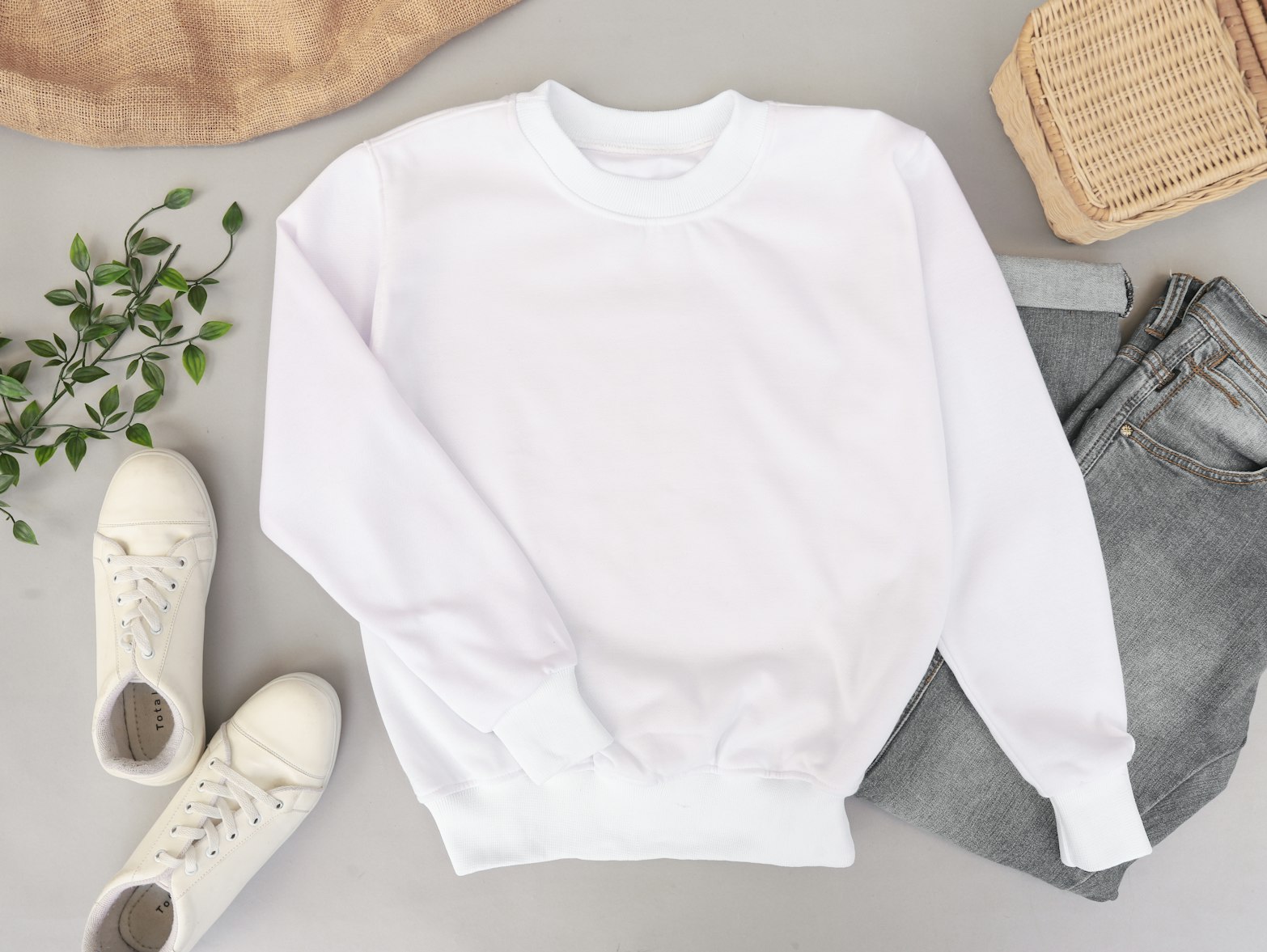
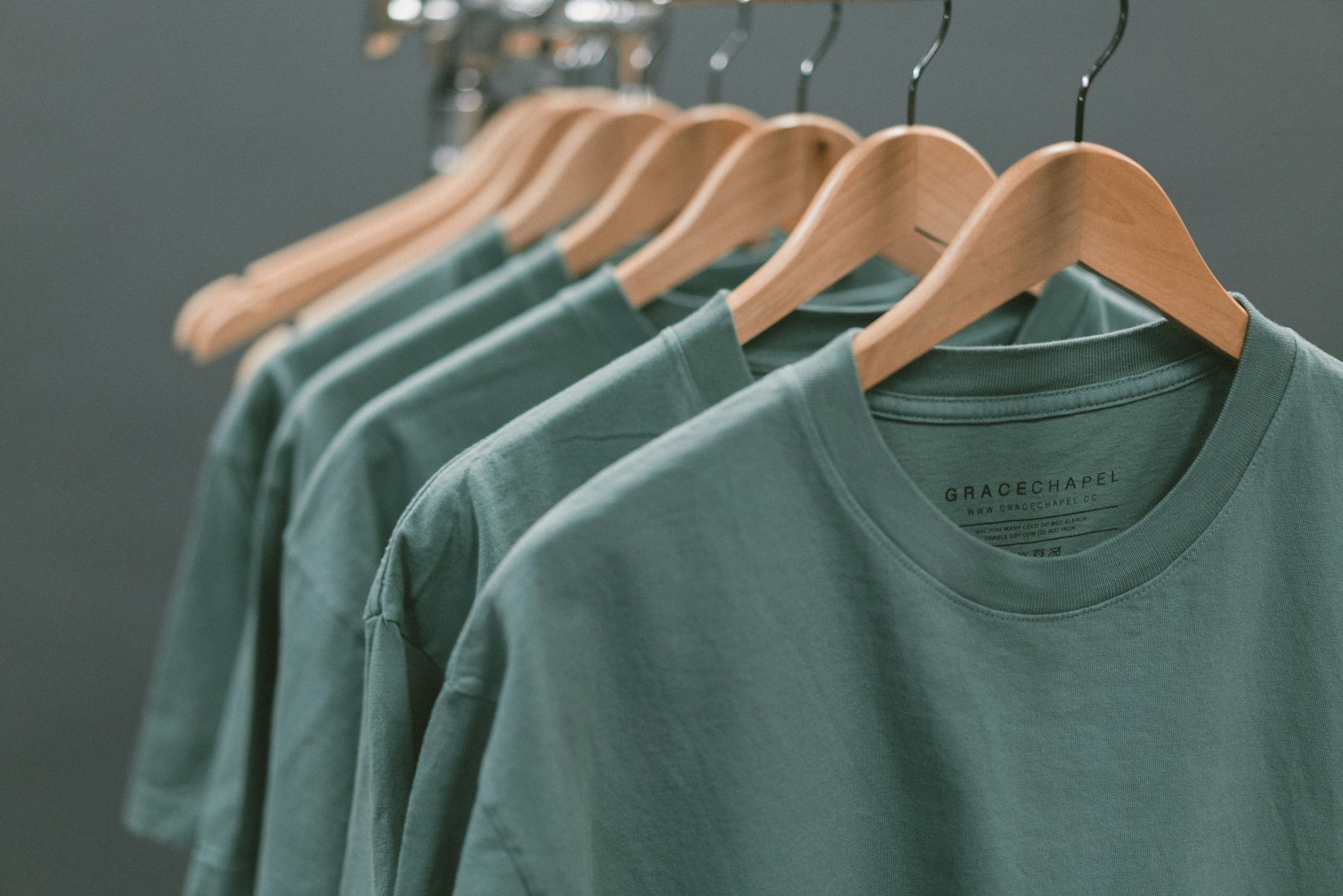
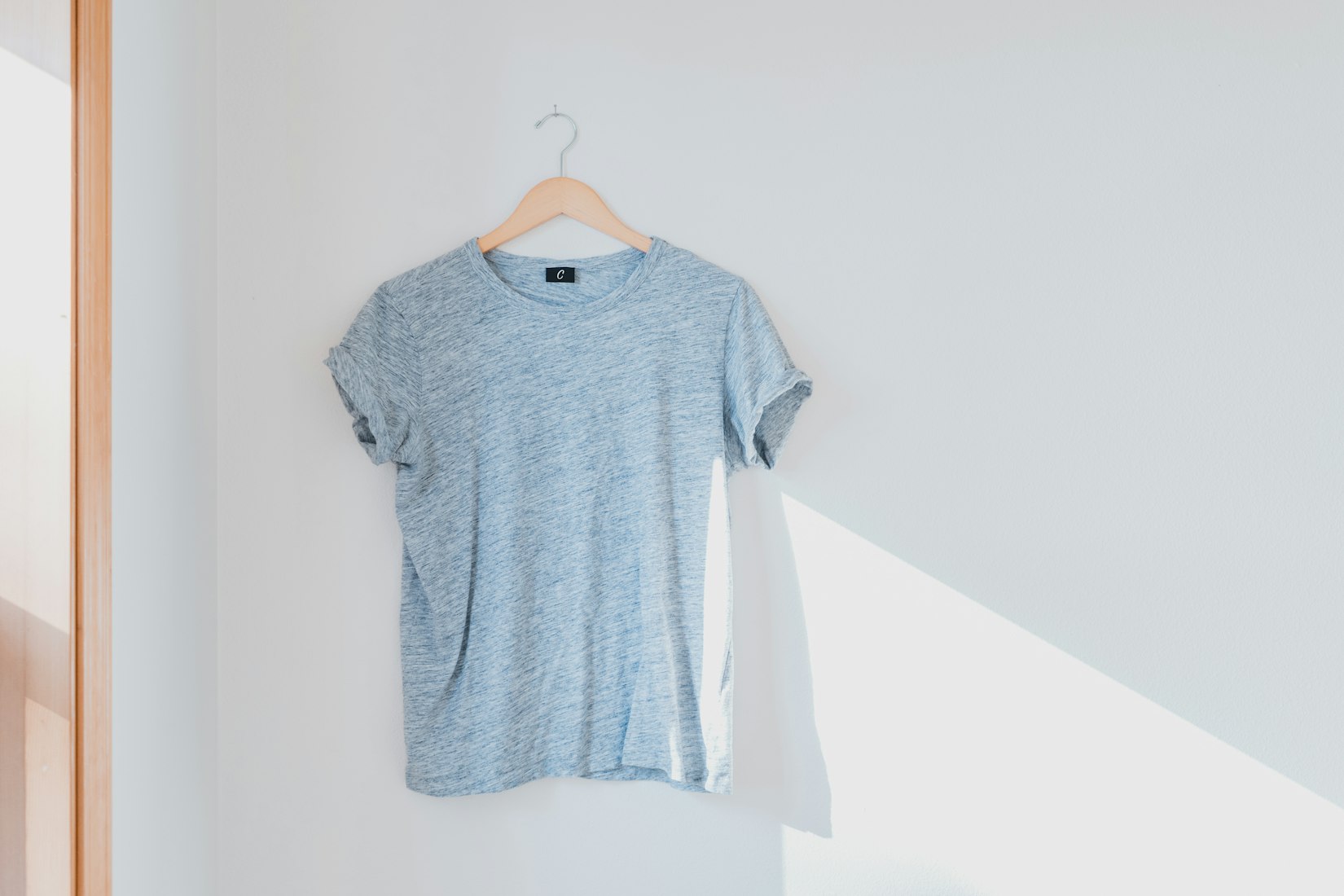
 English
English Arab
Arab
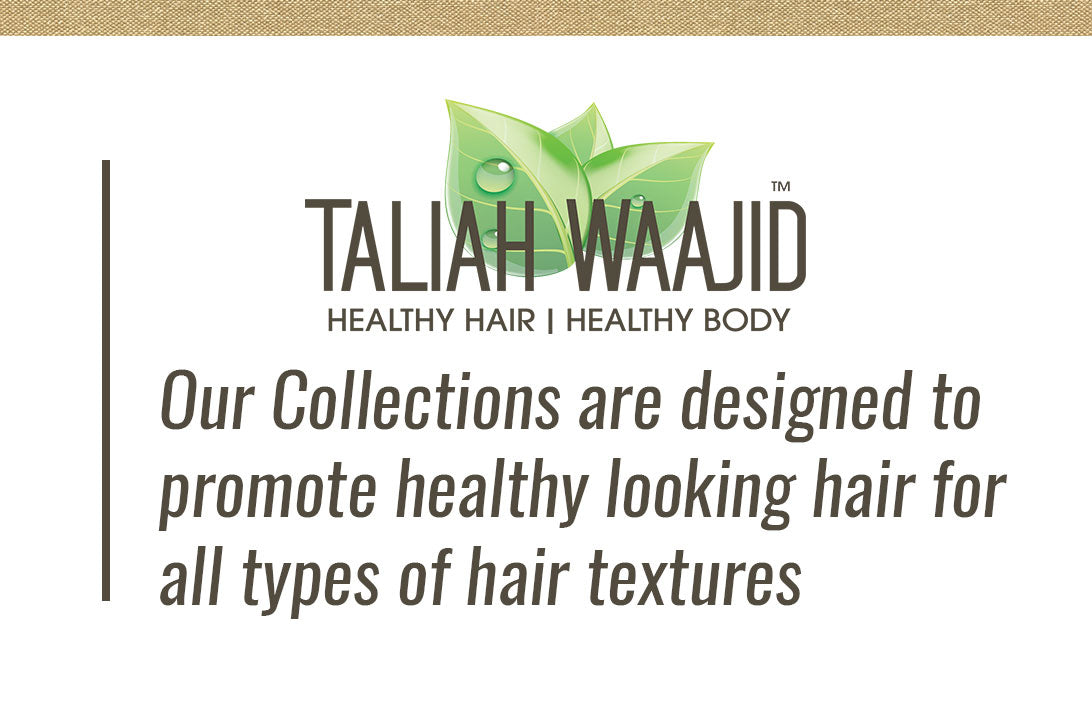
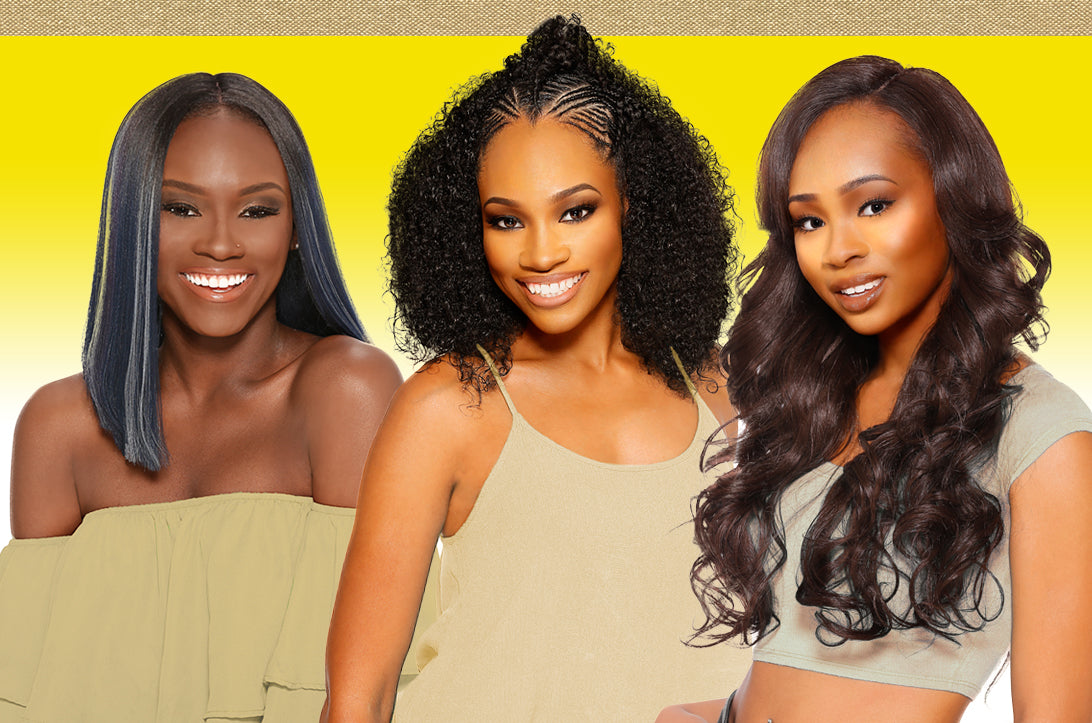








I was low porosity but since Covid I have transition to gray. I was wondering does the porosity change after going gray and what products do you recommend for keeping it moisturized? And by the way I live in sunny and humid South Florida.
Nancy,
Our Curls Waves Naturals line curly curl cream
Nancy,
Our Green Apple & Aloe line is good, and I would suggest drying the hair since it takes too long for your hair to dry.
What products from your range is for low porosity hair?
I have two different textures. I’m my bang area it has a bit of heat damage from the flat iron and it’s dryer and straighter. I have a high porosity but my hair takes a while to dry with a wash and go. What do you recommend. I live in South Florida I am Afro Latina. My curls are ringlets but prone to looking dry. I have lupus so I take meds and Prednisone. Which is a steroid.